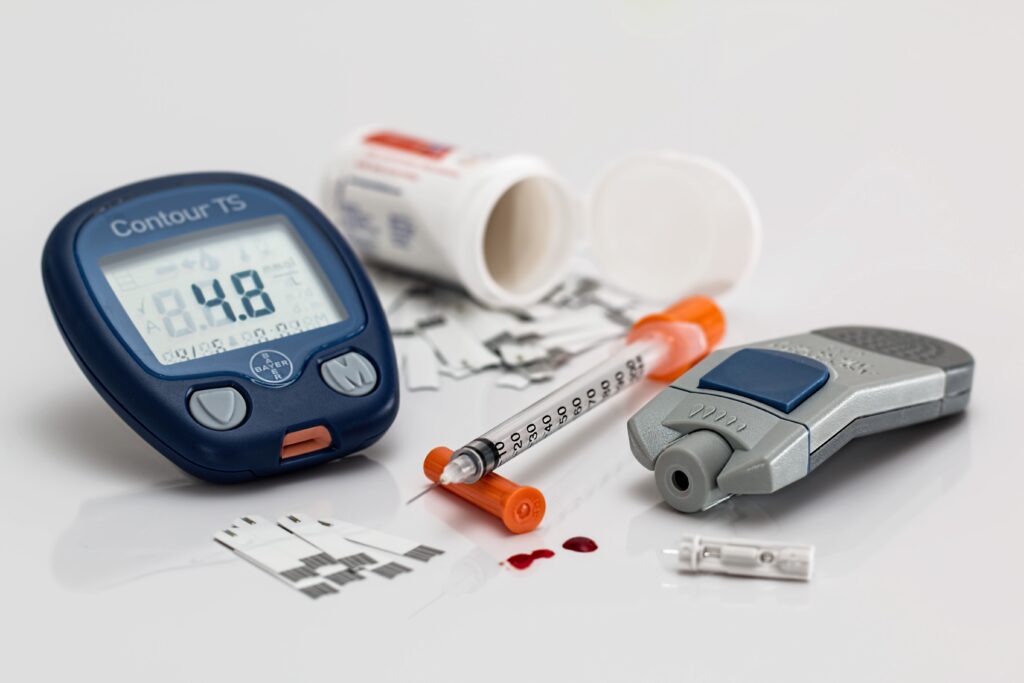Despite recent improvements, many people with diabetes remain undiagnosed, and those who are diagnosed often fail to reach their targets (1,2). Insurance coverage can change the health trajectory of people with diabetes by facilitating timely diabetes diagnosis and management (3,4). It is therefore important to understand how public policies can increase coverage among people with diabetes.
Increasing access to health insurance was a key goal of the Patient Protection and Affordable Care Act (ACA), but gaps remain in our knowledge about coverage gains among people with diabetes. An analysis of data from 2009 to 2016 found that insurance coverage for adults with diagnosed diabetes increased after key ACA provisions were implemented (5). However, the study did not include people whose diabetes is undiagnosed—a group comprising approximately one-third of all adults with diabetes prior to the ACA, including many people who are underserved minorities (1). To address this gap, we used the National Health and Nutrition Examination Survey (NHANES) to estimate the full changes in insurance coverage under the ACA for adults with diabetes, including undiagnosed diabetes.
We analyzed data from the 2005–2016 waves of NHANES, a repeated cross-sectional survey with biomarkers that is nationally representative of the noninstitutionalized civilian population on a biennial basis. Our sample included 2,401 nonpregnant U.S. citizens aged 26–64 years with diabetes, defined as HbA1c ≥6.5% or prior diagnosis by a health care professional.
This study was published at Diabetes Care.
